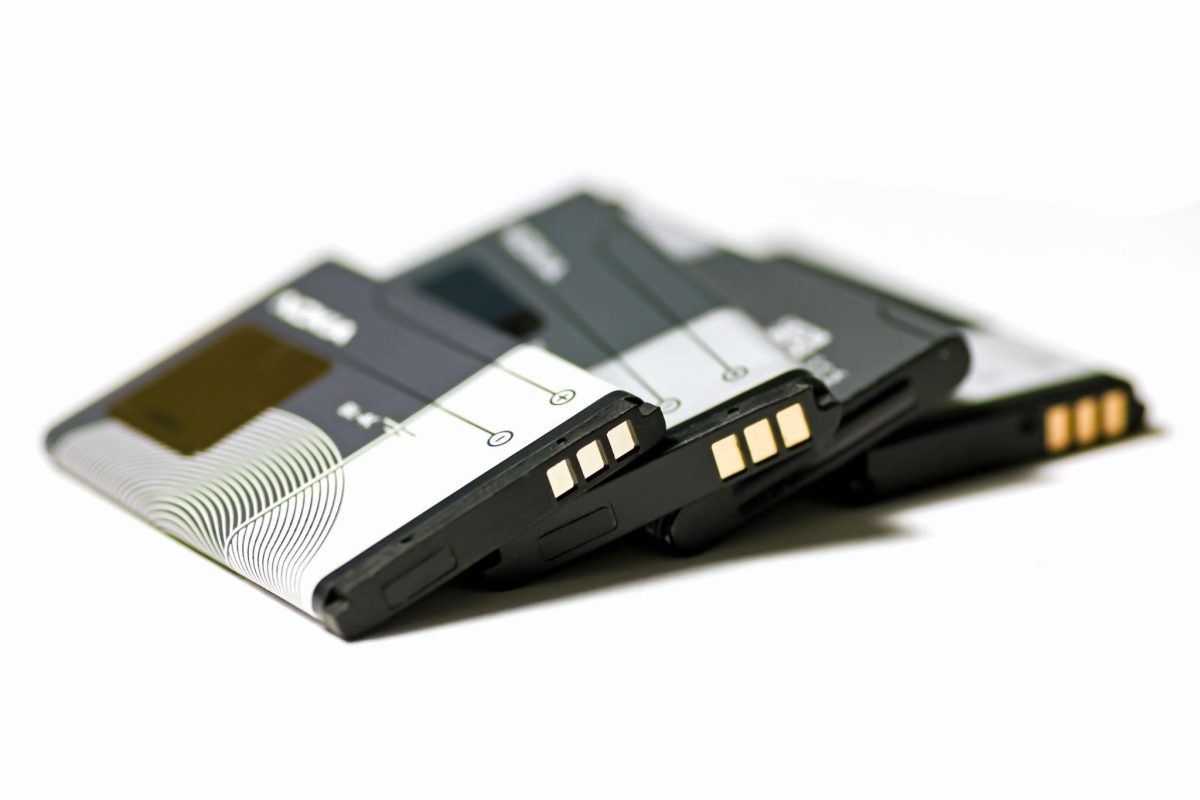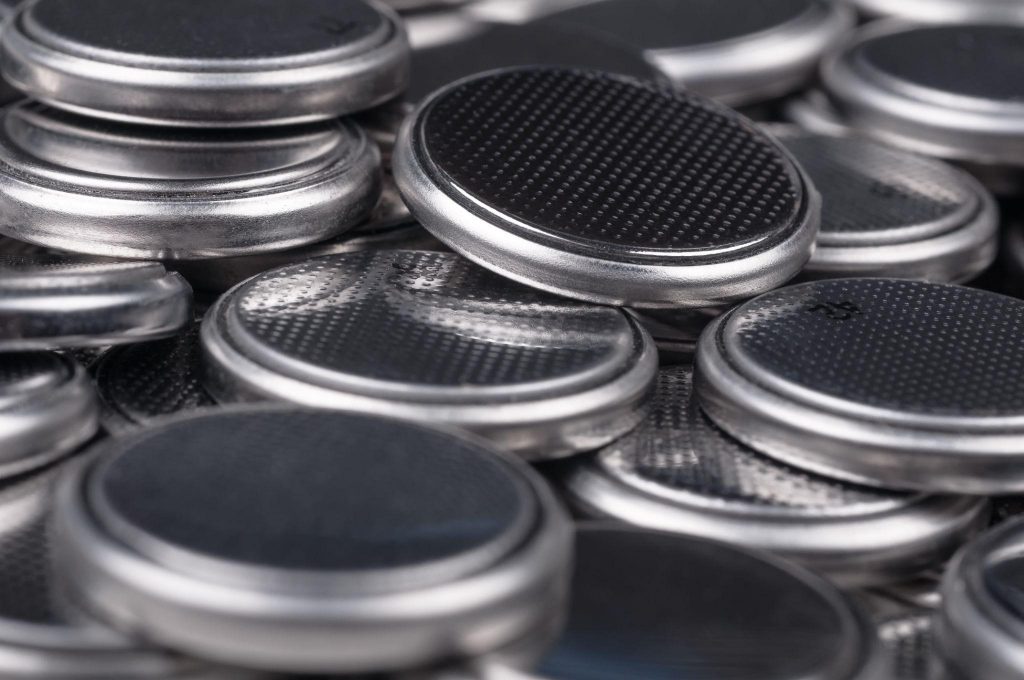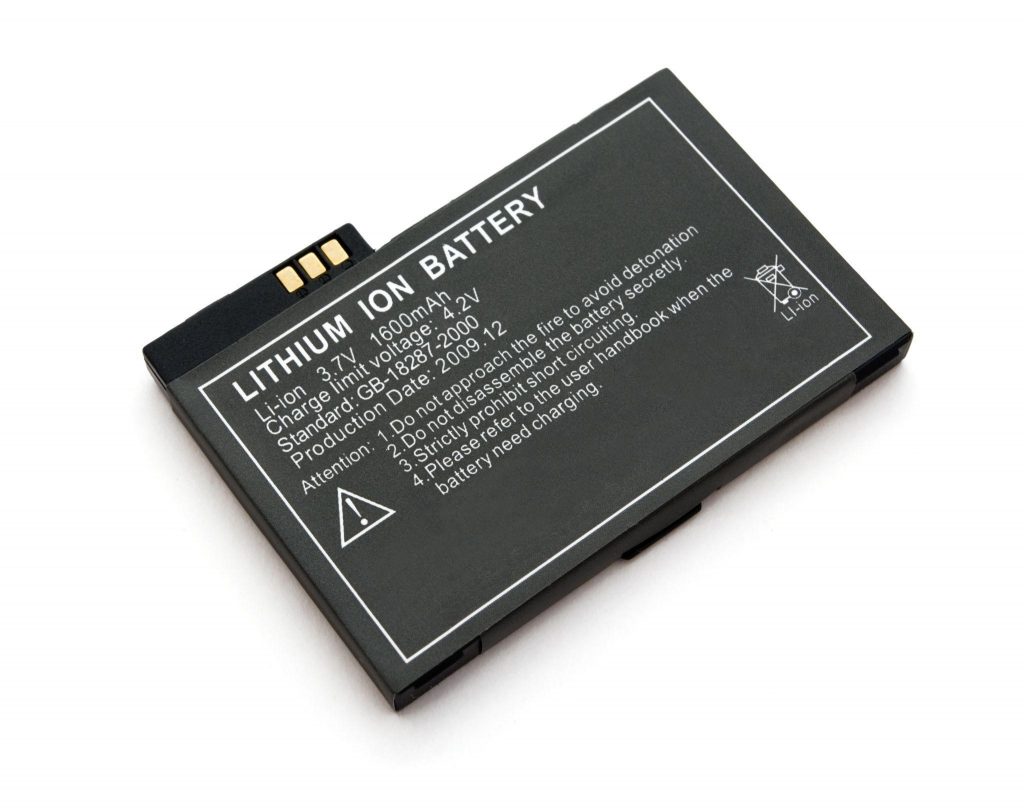Why Do Lithium Batteries Explode

If you have been paying attention to the recent news in the tech industry, you know there has been a lot of controversy regarding Samsung’s retraction of 1 million Galaxy Note7 phones due to the frequent occurrence of lithium ion batteries exploding in people’s faces despite no apparent sign of severe misuse.
Samsung is not the only loser in this game, as hoverboards were recalled in massive numbers (half a million, to be exact) for the very same reason. This has sparked a lot of controversy regarding whether other lithium-ion battery-powered devices should be retracted, along with questions about the future of the battery itself.
lithium ion battery explosion
Before diving into the mechanics behind a lithium ion battery explosion, it is important to step back and look at the likelihood of this event happening to you if you own any gadget powered by lithium batteries.
While this phenomenon has blown up (no pun intended) on social media and individual accounts of battery explosion stories have spread like wildfire, the hard data shows that events like this are extremely rare, especially among companies that are known for rigorous standards in production quality.
When you consider that there are billions of lithium-powered devices in the world, the likelihood of having your phone in your hand when it combusts is extremely low. Your odds are less than one in a million, which effectively means that you should not have to worry about it at all.
While we would like to see zero explosions in the real world, devices powered by lithium batteries are overwhelmingly safe. Plus, we have strict rules in place to ensure that these batteries are shipped safely.
It is important to remember that lithium batteries are extremely energy-dense. They are usually slow to lose their stored power because of their ability to efficiently store high amounts of energy.
The battery is composed of three main components.
- The first component is the anode, a negatively charged electrical terminal that holds negatively charged ions.
- The second component is the cathode, a positively charged electrical terminal that holds the positively charged ions and the lithium.
- Finally, there is the electrolyte, the in-between chemical solvent that can conduct electricity and allow for an electric charge to flow between the two terminals.
How to work Lithium Batteries
These terminals are also known as electrodes, and electricity can either enter or leave the battery through the two terminals. Here’s the catch: the anode and cathode must be kept apart from each other by a physical barrier so that they do not touch.

The battery works through carefully controlled chemical reactions that result in the release and storage of energy. When the phone is in use, the charge is carried from the cathode, which includes the lithium, and through the electrolyte to the anode. When you charge your phone, the reverse process takes place.
Now, in order to prevent a short circuit from taking place that can eventually lead to a flaming explosion, the anode and the cathode must be physically separated. This is done using a special separator.
With the advancement of nanotechnology, the separators have been getting gradually smaller in newer renditions of the lithium battery. However, this smaller size comes at the cost of taxing the separator, and the battery becomes more delicate.
If the anode and the cathode touch, the short circuit will start something called the “thermal runway.” The extremely high temperatures lead to the separator degrading, while the temperature of the chemicals in the battery start to rise. This chain reaction of events eventually leads to the famous combustion event that we now associate with the Galaxy Note7.
What is battery management software
So, what is it that causes this sequence of events to happen? According to experts, there are numerous causes behind this. One probable reason is an error within the charging process. The device is usually equipped with battery management software that will control the speed of charging and how much is required to put the phone at 100% without going overboard.
If there is any kind of glitch within the software, the battery will charge too fast, and the lithium will begin to form plates around the anode, leading to a short circuit. This is why you see your phone ping you when your phone is overheating, and it is also why it takes a long time for your phone battery to recharge.

Another probable cause is the contamination of the battery by tiny fragments of unknown material—sometimes little pieces of metal—that can also lead to a thermal runway occurring. This could take place if the phone is mistreated poorly (think dropping it on the ground several times) or if there was a mistake in the manufacturing process.
What can the consumer do to ensure that they prevent an explosion from happening, or, at the very least, prepare themselves for when one is about to occur? If a battery is close to failure, sometimes it will begin to bulge before it completely fails, although it is very subtle and hard to notice if you aren’t paying attention.
lithium battery technology
You should also do everything you can to avoid purposely overheating your phone. When charging it, it should lay down on a hard surface instead of a soft surface to avoid amassing any extra heat. Additionally, you shouldn’t leave your phone in the charger overnight. Once it is at 100%, you should remove it from the charger.
Scientists and engineers are currently working on ways to improve upon or replace the lithium battery technology so we can achieve higher standards in safety and performance. But, at the end of the day, lithium batteries are safe if they are properly designed by the manufacturer and used appropriately by the user.
Accidents only happen when there are defects in the software or from excessively poor use, both of which are rare. Rest assured, you shouldn’t have to worry about your lithium-battery-powered devices exploding in your face as long as you use them safely!




